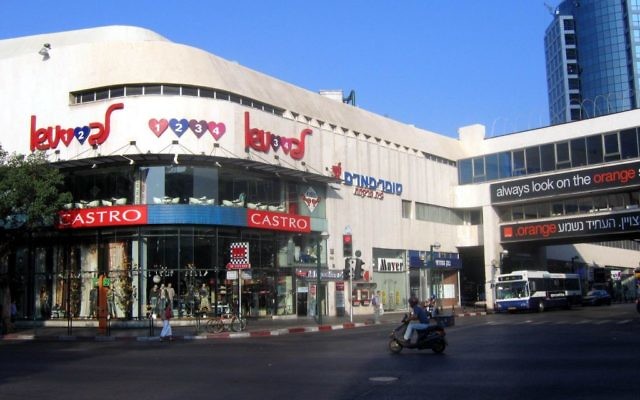Retail Markets and Chains Boom in Israel
Israel is thriving economically in 2017, allowing for a robust retail sector.
On Aug. 29, French sporting goods chain Decathlon opened a branch in the Israeli city of Rishon LeZion. Over 25,000 shoppers showed up to the sports superstore within the first four days.
Accordingly, after only 96 hours of being in business, the store was forced to close for an emergency 24-hour period to restock its empty shelves.
Israel has seen similar retail crazes surrounding other major chain store openings.
In 2001, roughly 30,000 shoppers clamored to attend the opening of Israel’s first Ikea. Located in the central coastal city of Netanya, the retail behemoth’s opening caused some of the worst traffic jams Israel has ever seen.
As the economy in Israel grows, Israelis have more expendable income. Grocery and retail superstores, often connected to large shopping malls, are becoming commonplace all over the country. Keeping up with the demands of Israel’s consumers, even in remote, peripheral locations, this retail boom does not seem like it will stop any time soon.
Israel is thriving economically in 2017, allowing for a robust retail sector. However, this has not always been the case.
Today, high-end smartphones sold at ubiquitous cellphone retailers are the standard means of communication in Israel, but it wasn’t until the end of the 1960s that the majority of Israelis even had their own household telephone lines. Israelis would use public pay phones that accepted government-issued tokens known as asimonim, not discontinued until 1990.
Likewise, Israel in the 1980s and 1990s, while experiencing steady economy growth associated with increasingly neo-liberal economic policy, was nowhere near where it is today.
Israel did not have any shopping mall until 1977, when the iconic Dizengoff Center was completed in Tel Aviv.
Further, there was not even a word for “mall” in Hebrew until a real estate developer built another major Israeli shopping mall in 1985. Located in Ramat Gan, the developer called it Kenyon Ayalon. Kenyon, the now-common Hebrew word for mall, was created as a play on the Hebrew words for shopping and parking.
Between 1967 and 2016, Israel’s GDP per capita grew from $8,500 to $39,100 (in 2016, the United States’ GDP per capita was $57,467).
This significant economic growth has bolstered many Israelis’ ability to shop in increasingly competitive retail markets throughout the Jewish state. It has likewise opened new import markets for goods such as American and Asian electronics and cars and European clothing brands, among many other items.
Despite this growth and subsequent variety of shopping options, Israel’s cities maintain heavily trafficked, traditional open-air markets, such as the Shuk Ha’Carmel in Tel Aviv and Mahane Yehuda in Jerusalem.
It is unlikely that those traditional public spaces and commerce centers will fall victim to economic-growth-driven commerce booms. Thus, like Israel as a whole, Israeli retail markets are a melding of the past with modernity.
Eli Sperling is the Israel specialist and assistant program coordinator for the Center for Israel Education (www.israeled.org).




comments